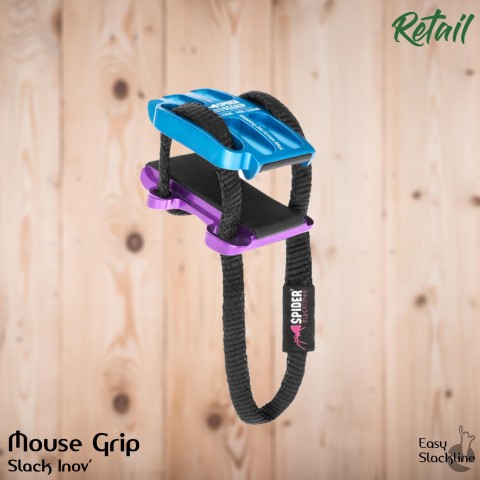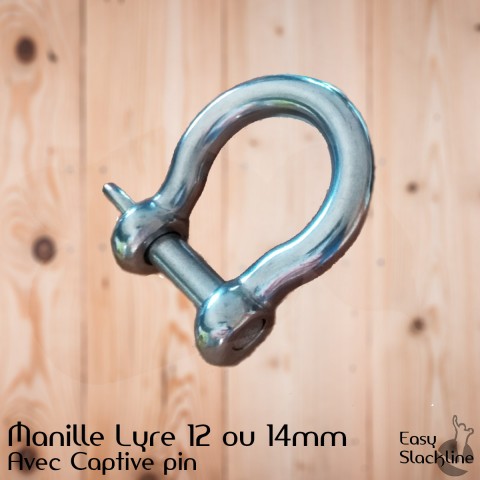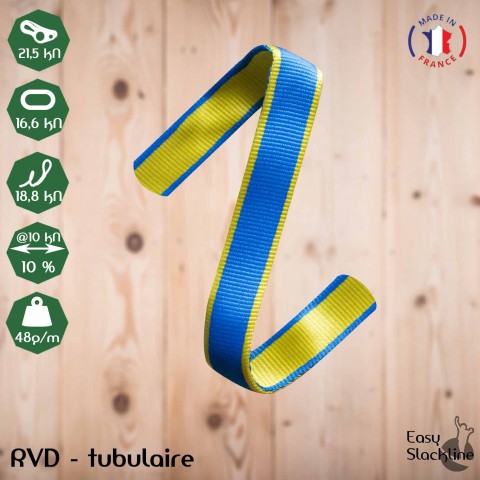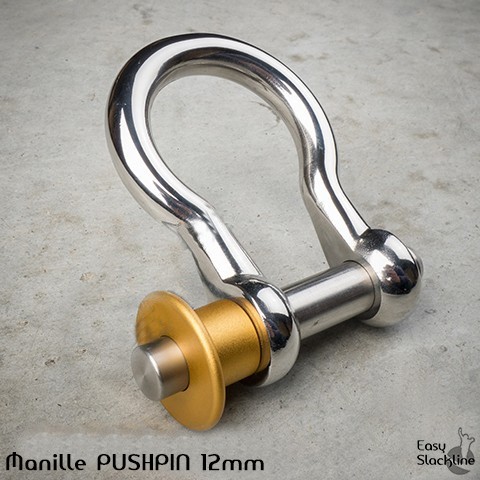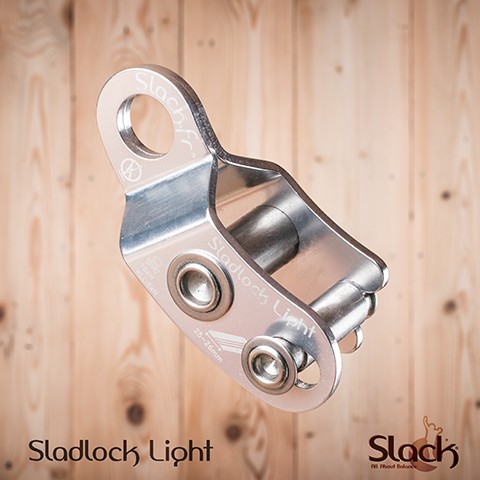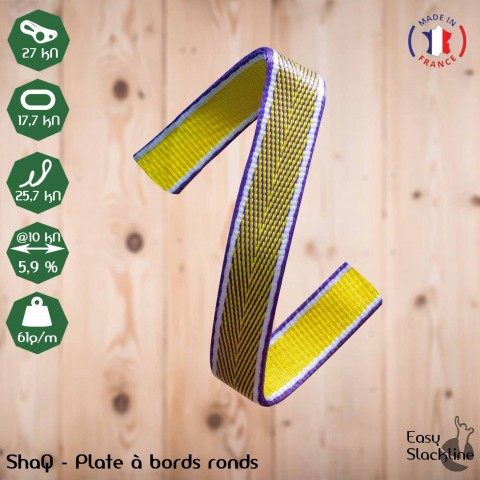From Monday to Friday 09:00am - 18:00pm
What is a Mouse Grip (LineGrip) ?
The line grip is a clamp for webbing - Is it useful ?
Yes, to tighten a slackline and remove the tensioning system.
Very useful to get a tensioning devices free installation. It will be 100% walkable and it will be even easier and safer to walk on.
Very useful for slackline associations, groups which will need only one tensioning system for numerous slacklines. One set up + LG = multiple lines.
You can also (if experimented enough) set up slacklines without a pulley system thank to a multiplier system on your weblocks.
The Mouse Grip is ultra ligh (105g) and ultra compact the LG Nano is made for 25mm wide slacklines.
You should use it for low tensions only (7kN and less).
It's the perfect device for tensioning with weblocks
Technical specifications
- Color : purple and bleu
- Working Load Limit : 7 kN
- Minimum breaking strength (MBS) : >10 kN
- 4mm Dyneema rope MBS : 25 kN
- Common Slipping Threshold (CST*) : 8 kN
- Permitted operating temperature : -10° à +40° C (15° à 105° F)
- Approved webbing width : 24 - 26 mm (0,95 - 1,05")
- Approved webbing thickness : 1 - 5 mm (0,04 - 0,2")
- Weight : 105g (14,7oz)
Using advices
- Pre-tension the slackline in the weblock (banana) during tensionning
- To unset - think about the Lasso 25 mm / Soft release !
Better and easier than setup again the tensionning system to finally unset the slackline - In case of high temperature (hot weather) or high sunny day, protect the LineGrip from the sun with the grey protection. It'll avoid slackline slippery.
- With the Moonwalk webbing, we advice low tension (less than 5 kN) because of dyneema in the slackline - very slippery material
- If the LineGrip slips on low tension, there are several explanations :
- cold weather - hard rubber
- LineGrip's rubber are used - reimplace only these pieces on LineGrip.com
- the slackline is made of dyneema (or equivalent) or used
Incompatibilities
- Moonwalk webbing. On this slackline, the use is not guaranteed due to it hybrid composition (50% HMPE/Polyester), it depends on too many factors : humidity, quality of the webbing (used, very used), temperatures...
- Freestyle : jumpline/trickline
- Don't tighten it on urban furnitures! Don't cut the way to others!
Incompatibilities
- Moonwalk webbing. On this slackline, the use is not guaranteed due to it hybrid composition (50% HMPE/Polyester), it depends on too many factors : humidity, quality of the webbing (used, very used), temperatures...
- Pulleys tensioning system
Video Set Up
Responsibility
Slacklining and more particularly Highline (in the void, secured by a harness) are sports practices that have no normative or regulatory framework for the manufacture of the material as well as for its installation.
This is why we do not guarantee our own equipment, or equipment we retail, for highline use.
Only "Easy Slackline" products are tested within our company and independent laboratories (mentioned on the product page) via a process that evolves with practice.
These resistance tests have no legal value, they aim to ensure the safety, resistance and comfort of use of our equipment - in the context of our practice.
It is the responsibility of the practitioner to choose the equipment with the appropriate resistance and to have the necessary experience to adapt the installation to his practice.
And to use appropriate equipment to secure oneself if necessary, such as PPE equipment (climbing gear, ropes, etc.).
Generalities
- Do not install your slackline across a path, trail or place of passage
- Do not install your slackline more than 2m from the ground without securing yourself with PPE equipment
- Practice on grassy or cushioned ground free of any protruding objects or objects that could cause injury
- Do a back up = secure your tension system
- Never use a ratchet for highline practice
- Never install your slackline on urban furniture (benches, lampposts, barriers, etc.)
Safety regarding highlining
It is the responsibility of the practitioner to use appropriate equipment to secure oneself if necessary, such as PPE (climbing equipment, ropes, etc.).
In NO CASE is this equipment designed to secure itself. For the lifeline - called backup - we advise to use only PPE standard material (climbing material, ropes, etc).
Unless expressly mentioned, no slackline element can be considered as PPE (personal protective equipment) for sports and leisure activities
NEVER USE SLACKLINE MATERIAL TO SECURE YOURSELF / TIE YOURSELF DOWN. IT IS NOT CLIMBING EQUIPMENT, NOR IS IT EPI STANDARD EQUIPMENT.
You can find more information on our website highline.fr
How to determine the tension in your slackline ?
- Our spreadsheet :
Thanks to the following sheet, you will be able to approximately know the tension into your gear (slings, shackle, slackline, etc.). You will then know if you are using it correctly, meaning correctly regarding the using advices and most important the strength limits.
Click there to see the sheet and enter your datas
- The dynamometer or Linescale
This product allows you to mesure exactly what is the tension into your equipment.
For more informations click there.


